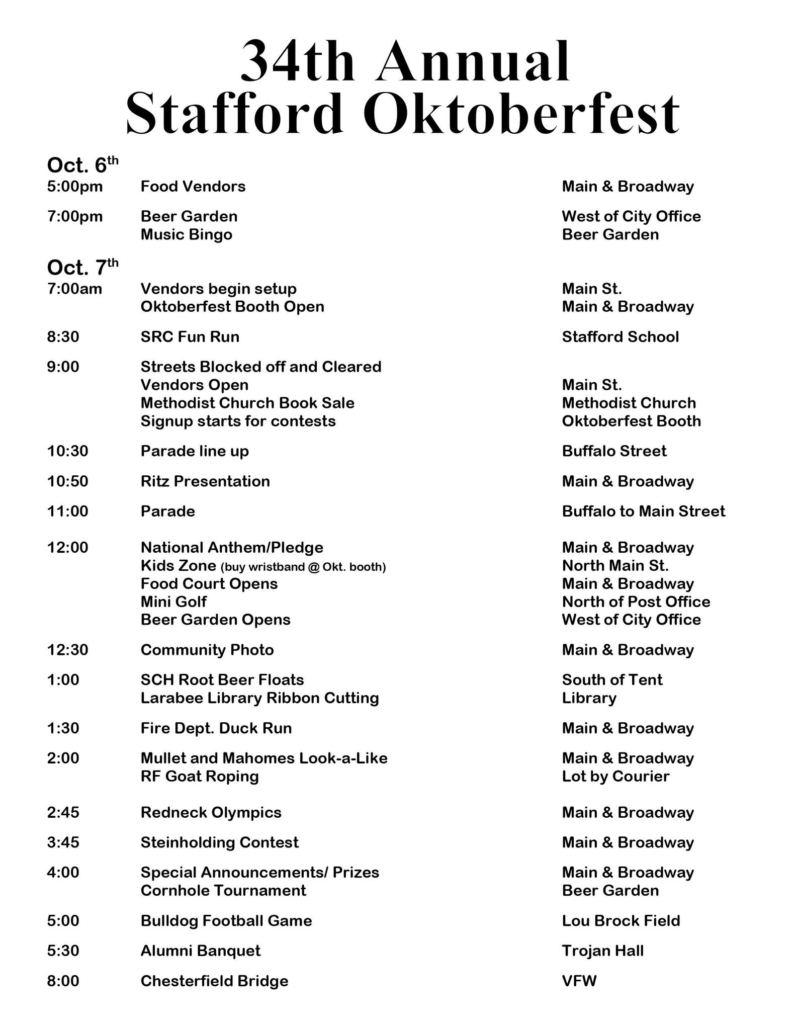By: Ryan Russell and Beccy Tanner
It’s Thanksgiving week and you might be needing a little help thinking of some new recipes to try. Why try to find new things when you have the best from the old recipe books that grandma had laying around. In 1979 the town of St. John put together a great recipe book to celebrate the cities centennial. Here are some oldies but goodies straight from that cookbook. But before we get to these timeless recipes let’s look at the Golden Rules for the kitchen. These Golden Rules are also found in the St. John 1979 Centennial Cookbook but look even further back to the Century Cookbook form 1892.
GOLDEN RULES FOR THE KITCHEN
- Without cleanliness and punctuality good cooking is impossible.
- Leave nothing dirty; clean and clear as you go.
- A time for everything; and everything in time.
- A good cook wastes nothing.
- An hour lost in the morning has to be run after all day.
- Haste without hurry saves worry, fuss and flurry.
- Stew boiled is stew spoiled.
- Strong fire for Roasting; clear fire for Broiling.
- Wash vegetables in three waters.
- Boil fish quickly, meat slowly.
(From Century Cookbook 1892, Belonged to Mrs. James Harris, grandmother of Helen and Ralph Waters.)
These recipes are sure to be a hit. I’m personally a pecan pie lover! Don’t forget the whipped cream!
CORN BREAD
Lucille Hall
(From Her Mother, Mrs. T. W. Hall)
| 1 c. flour 2 c. corn meal 1 tsp. salt 2 T. sugar 1 tsp. baking powder | 3/4 tsp. soda 1 egg (beaten together) 2 c. sour milk 1 c. sour cream |
Beat together the egg, milk and cream. Sift together the dry ingredients and add to the first mixture.
Pour into a 9×13 inch greased pan and bake at 400° for about 1/2 hour or when done by tooth pick test.
DOWN HOME PECAN PIE
Beccy Tanner
| 3 eggs 1 c. corn syrup 1/8 tsp. salt 1 tsp. vanilla | 2 T. melted margarine 1 c. pecan halves 1 c. brown sugar 9 in. unbaked pie shell |
Preheat oven to 400. Beat eggs with fork or eggbeater, add remaining ingredients and mix well by hand. Add pecans last, and place into the unbaked pie shell. Bake 15 minutes. Reduce heat to 350° and bake for 30 minutes or until pie is set.
TURKEY CASSEROLE
Elnor Shulz
| 1/2 c. oleo 2 cans (3 oz.) drained chopped mushrooms 3 T. flour 3 c. fat free chicken broth 3/4 c. cream or half and half | 2 T. pimiento (chopped) 3/4 c. grated cheese 4 c. cubed turkey 1 pkg. (12 oz.) medium egg noodles (cooked) |
Cook noodles. Heat margarine in pan, add flour. Remove, stir in broth, stirring to keep smooth. Add cream and cook till thickened. Stir in mushrooms, pimiento, and cubed turkey. Arrange layers of noodles and turkey mixture in greased casserole. Sprinkle with grated cheese. Bake at 350° for 45 minutes.



